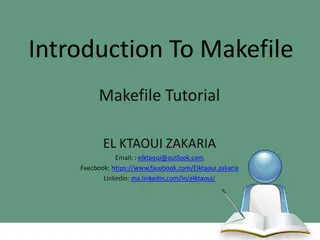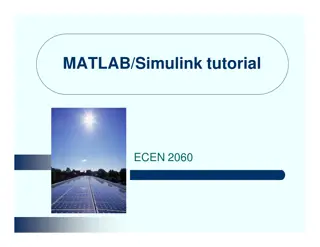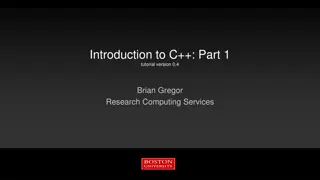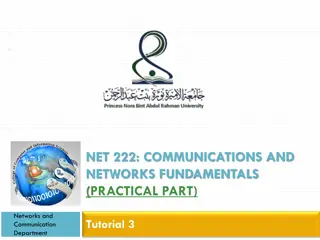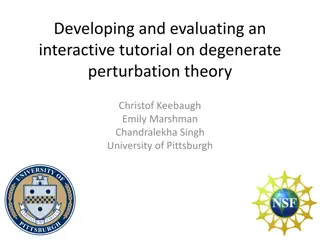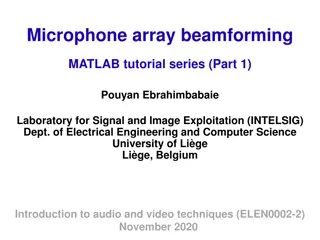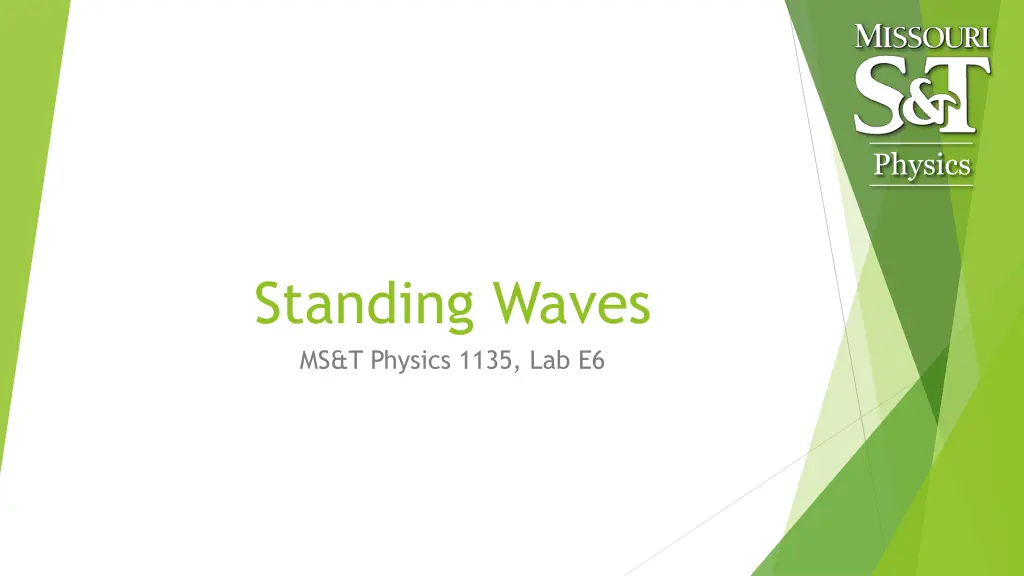
Observing Standing Waves and Nodes in Physics Lab
Experience the phenomenon of standing waves and node counting in this engaging physics lab experiment. Learn to characterize waves on a string and observe the effects of vibration frequency on node stability. Uncover the intricacies of wave behaviors through hands-on exploration. MS&T Physics 1135 Lab E6.
Download Presentation

Please find below an Image/Link to download the presentation.
The content on the website is provided AS IS for your information and personal use only. It may not be sold, licensed, or shared on other websites without obtaining consent from the author. If you encounter any issues during the download, it is possible that the publisher has removed the file from their server.
You are allowed to download the files provided on this website for personal or commercial use, subject to the condition that they are used lawfully. All files are the property of their respective owners.
The content on the website is provided AS IS for your information and personal use only. It may not be sold, licensed, or shared on other websites without obtaining consent from the author.
E N D
Presentation Transcript
Physics Standing Waves MS&T Physics 1135, Lab E6
Objectives Physics Observe and characterize standing waves on a string. Note: The mechanical oscillator consists of a speaker that drives a post up and down. There is a lever at the top of the housing that blocks the path of this rod. DO NOT apply a signal to the oscillator with this lever in place; make sure the rod is able to move freely before you turn on the function generator! MS&T Physics 1135, Lab E6: Standing Waves Slide 2/4
Apparatus Physics Here, the string is being vibrated at a near-resonant frequency, so there are no stable nodes or antinodes. MS&T Physics 1135, Lab E6: Standing Waves Slide 3/4
Standing Wave: Counting Nodes Physics Here are two different standing waves, with nodes indicated by red arrows. As n increases, the frequencies become harder to find. Here, the string is being vibrated at a near-resonant frequency, so there are no stable nodes or antinodes. MS&T Physics 1135, Lab E6: Standing Waves Slide 4/4












